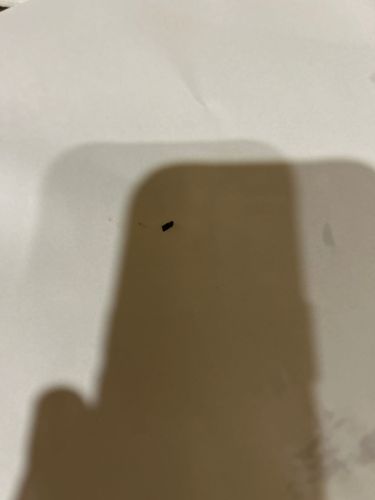Fungus Gnat
Scientific Name: Sciaridae (various genera)
Order & Family: Diptera, Sciaridae
Size: 1/16 to 1/8 inch (2-3 mm)

Natural Habitat
Moist, organic-rich environments, often associated with potting soil of houseplants, greenhouses, and compost piles.
Diet & Feeding
Larvae feed on fungi and decaying organic matter in soil. They may also feed on delicate plant roots, especially in high numbers. Adults do not feed significantly and are short-lived.
Behavior Patterns
Adult fungus gnats are slender, dark-bodied flies that are attracted to light and often found flying near potted plants or windows. They are weak fliers. Females lay eggs in moist soil. The larval stage, which is worm-like and translucent with a shiny black head, is spent in the soil. The life cycle from egg to adult takes about 3-4 weeks depending on conditions.
Risks & Benefits
Potential risks include damage to plant roots (especially seedlings and tender plants) from larval feeding, which can stunt plant growth or lead to wilting and death in severe infestations. They are generally considered a nuisance pest in homes. Benefits are negligible, though they contribute to the decomposition of organic matter in outdoor settings.
Identified on: 10/30/2025